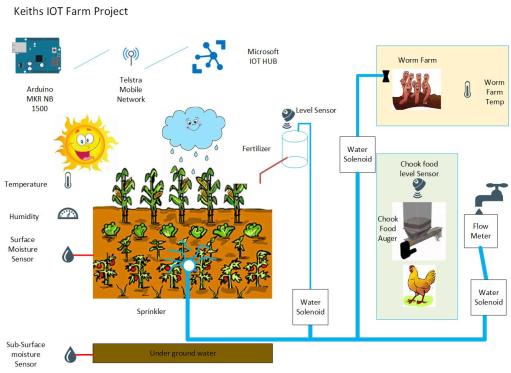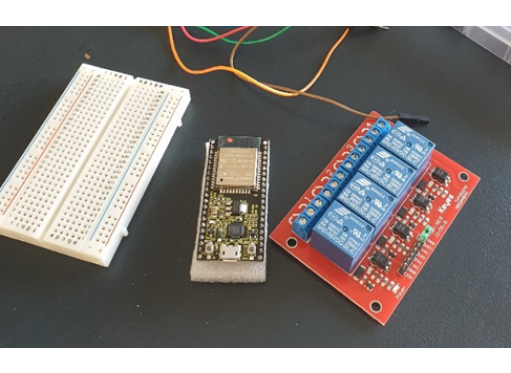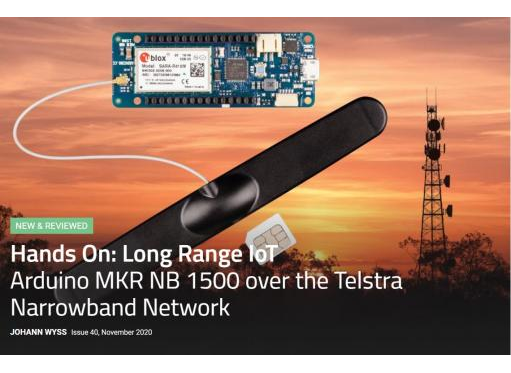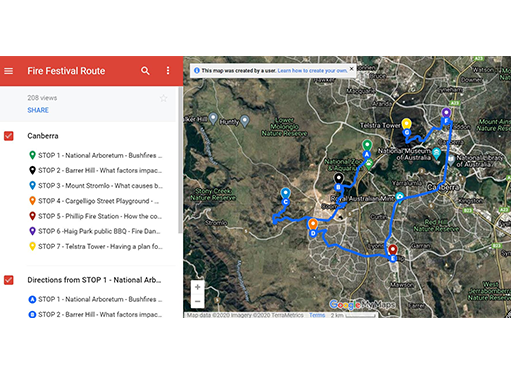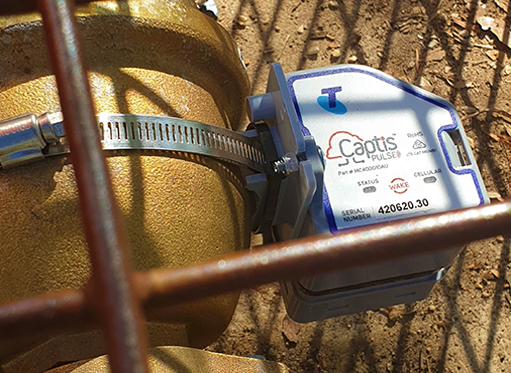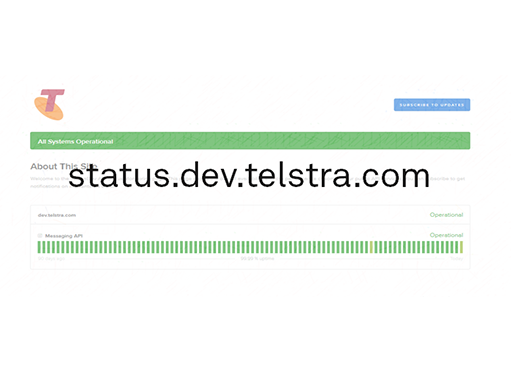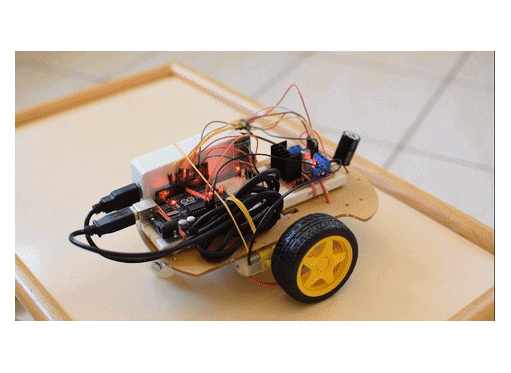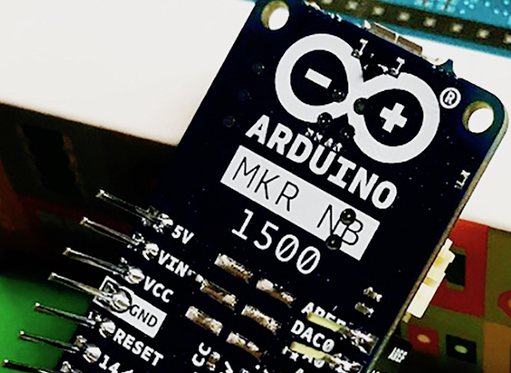
BY Michelle Howie 01 September 2020
The Internet of Things (IoT) is an all-encompassing suite of technologies, with dozens of options for connectivity. Whether you're building a content-heavy urban challenge for drones and driverless cars, or a rural deployment of environment sensors, the network technology you chose to connect your ‘things’ to can make or break your solution, whether that’s 5G or NB-IoT.
With sensors becoming cheaper and easier to access, we're seeing developers from all industries and levels of experience extending their understanding of operational environments for business and personal gain. In fact, we’ve already got over 3 million devices on our network, and we think that’s great! The future of technology should be shaped and created by diverse developer communities.
It's important, however, to understand how to best develop for our mobile network. Your design choices can have significant effects how well your application works, as well as potentially gives your product or solution a competitive edge and better performance, by improving things like its feature set, longevity and compliance to industry standards. That's why we've created a comprehensive guide for Wireless Application Development.
A guide for wireless application development
Read our guide to learn more about:
- Telstra’s mobile network;
- how to produce more efficient “impact friendly” applications, i.e. applications that don’t impose an unnecessary strain on the mobile network; and
- how to get the best network experience for you and your project.
For Narrowband IoT deployments specifically, a common problem we see is the over-use of wireless network resources unnecessarily. For example, co-scheduling hourly reports for a few devices is not detrimental (unless you have significant battery or data constraints), but when scaled to hundreds or thousands of devices in the same radio cell, sending data at the same time, every hour of every day, the aggregated load may be constrained by the limited bandwidth of NB-IoT and Cat-M1 network. Can you stagger or randomise the polling times of your devices? Can you report less frequently to get the same end result? You may save considerable battery and data usage along the way!
We encourage you to take the time to read and understand our guidelines. Although we think the full 37 pages is an important read, focus on section 7.3 for Network Connection Efficiency. These guidelines may not cover everything, but they could help you avoid common inefficiencies in your IoT deployments. Best of all, they're free! You can download them from here.
If you want to read more about transforming your business for the long term with IoT Low power wide area networks (LPWAN) and how to choose the right network confidently, check out our recent whitepaper.
Happy developing!

